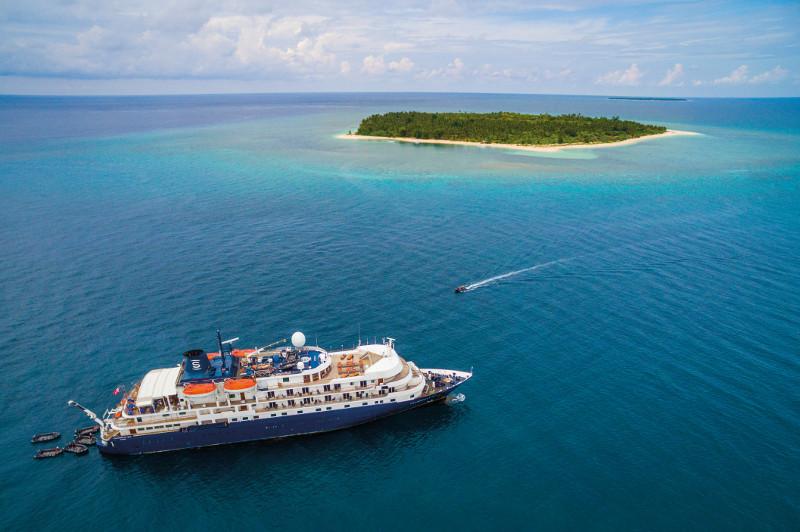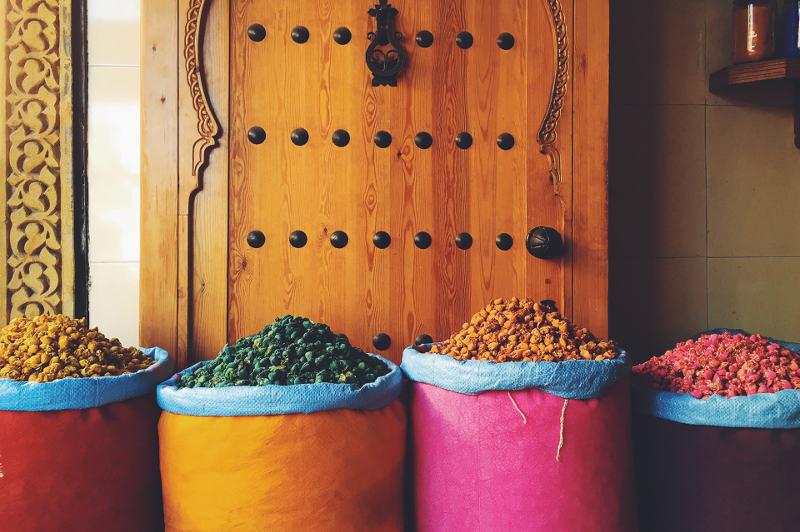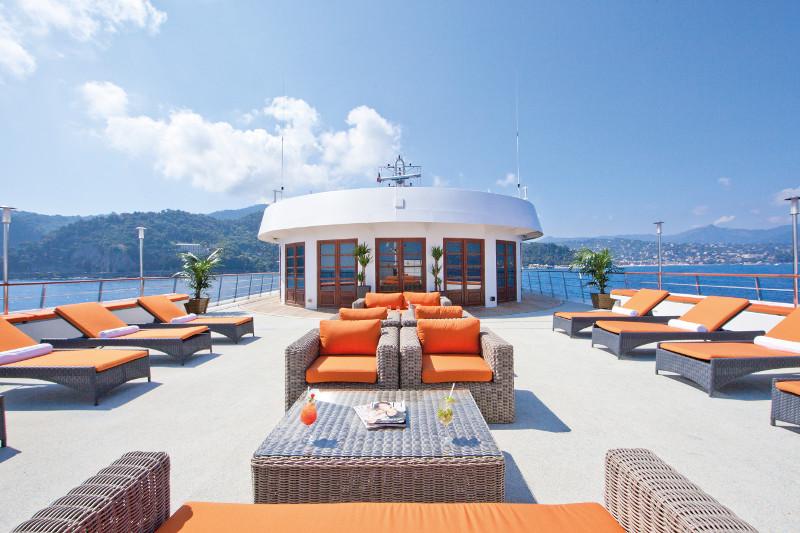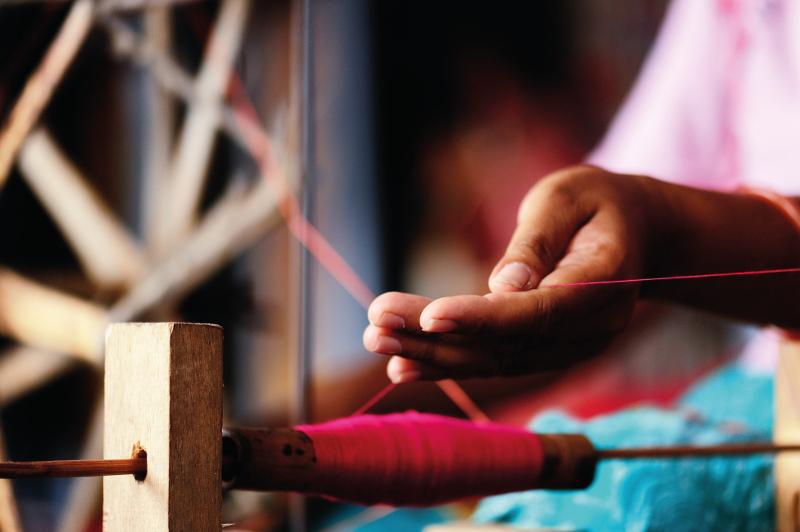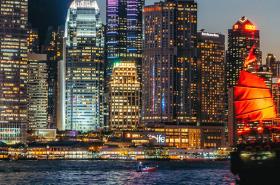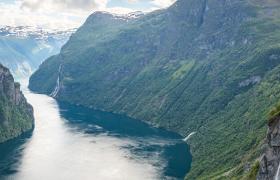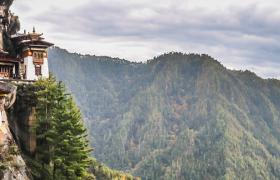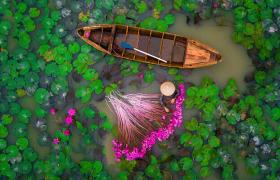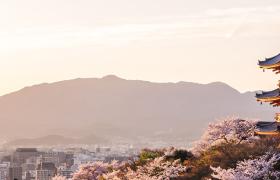Spices are one of those things I’ve always taken for granted. They are always there, in the cupboard, or on the supermarket shelf, when I need them. But there was a time, not so long ago, when wars were fought over these precious condiments. It’s not until I am cruising through Indonesia’s fabled Spice Islands aboard the MS Caledonian Sky that I take the time to contemplate this.
Tales of spicy battles
On a walking tour of the port town of Banda Neira, we come to the remains of an old mossy stone fort, Bentang Nassau, which was built by the Dutch in the 16th century to store nutmeg, and protect it against British raids. We see the indent of a cannonball on the wall in the governor’s residence, and hear gruesome stories of disobedient village chiefs who were beheaded by Japanese mercenaries. APT’s animated military historian, Hugh Dolan, gives passionate accounts of the battles which were fought here.
Back on the ship that night, as we dine outside on the deck on fish bought from the shoreside markets hours earlier, I find I have a newfound respect for the condiments before me.
An intimate sailing experience
Besides the chance to dine al fresco – which I take breakfast, lunch and dinner when weather permits – one of the main advantages of cruising on a small expedition vessel like the MS Caledonian Sky is the ability to access isolated destinations, such as Banda Neira, which would not be possible on a 2000-passenger ship. Another is the opportunity to attend daily lectures by the APT expedition team, which also includes an ecologist, ornithologist, geologist, naturalist, archaeologist and a marine biologist, between ports. The 114-passenger ship has a crew of 75, so guests are well looked after.
Not everything goes to plan during our cruise. Volcano eruptions and late arriving fuel barges are among the challenges the crew has to contend with in this remote part of the planet. But the type of guests who book such a cruise have a strong sense of adventure, and every time our itinerary is altered the quick-thinking captain and cruise director come up with a suitable alternative, be it calling at an island they’ve never visited before, or snorkelling among colourful coral gardens in clear turquoise water.
Elsewhere in Indonesia: Two Ways To Find Bliss In Bali
More on APT's intimate sailing experiences: APT Small Ship Cruising
Dragons and dancing
One of the highlights of the voyage is Rinca Island, part of the UNESCO World Heritage-listed Komodo National Park and one of only three islands where Komodo dragons are still found. We are fortunate to see our first of the large lizards, which grow up to three metres long and weigh up to 80 kilograms, scurrying into the mangroves within minutes of stepping off our Zodiac. We see several more as we are led on a muddy hike around the island by guides and rangers from nearby villages, who are armed with long, two-pronged wooden sticks to prevent any dragons we may see getting too close. Komodos can run faster than we can and we are warned to stay at least eight metres away. We learn they have a venomous bite and bacteria in their saliva that allows them to hunt birds, monkeys, wild pigs, goats, deer and buffalo.
Every day of the voyage is different. In the city of Cirebon, on the island of Java, we are entertained by traditional dancing and meet the prince at Kasepuhan Palace, before riding rickshaws through the markets while waving at giggling locals. In East Java, we travel by jeep and horseback to the foot of Mt Bromo, where those of us who choose to, climb the 200-odd steps to the rim of the volcano crater. In the Andamata Islands, we see rock art believed to be up to 20,000 years old in overhanging limestone caves and motor past a village where people who live in bamboo houses make a living harvesting seagrass for export.
Discovering the beauty of an obscure culture
At Watublapi Village, on Flores Island, we are greeted by the son of the chief with a ceremony usually reserved for dignitaries, in which water is flicked at us with the leaf of a banyan tree. After walking along a road lined with women in elaborate costumes dancing on both sides and past a band playing bamboo flutes and banging drums made from goat skin, we are served tobacco and betel nut before the villagers perform more traditional dances about dowries and protecting farms from animals. Afterwards we watch women spin cotton into thread and see how they dye it with plants including turmeric and betel nuts and beans mixed with lime, and weave Ikat cloth. At Kokas, in the West Papua province, we walk through a tunnel built by the Japanese to store supplies during World War II.
It is clear that the villages we visit see few tourists. In some places children, keen to practice their English, follow us with exercise books and ask questions about our home countries. In others, they sneak photos of us on their mobile phones – a reversal of the usual tourist experience. As you would expect on an expedition cruise to such an emerging destination, the other passengers are all extremely well-travelled. But we end the cruise feeling reinvigorated by the cultural interactions we have experienced, with a renewed appreciation of and passion for travel.
Live your own small ship story. Begin trading travel ideas with us today. Visit our APT Small Ships specialty page for the latest itineraries and prices.
*Photos courtesy of APT or Getty Images

